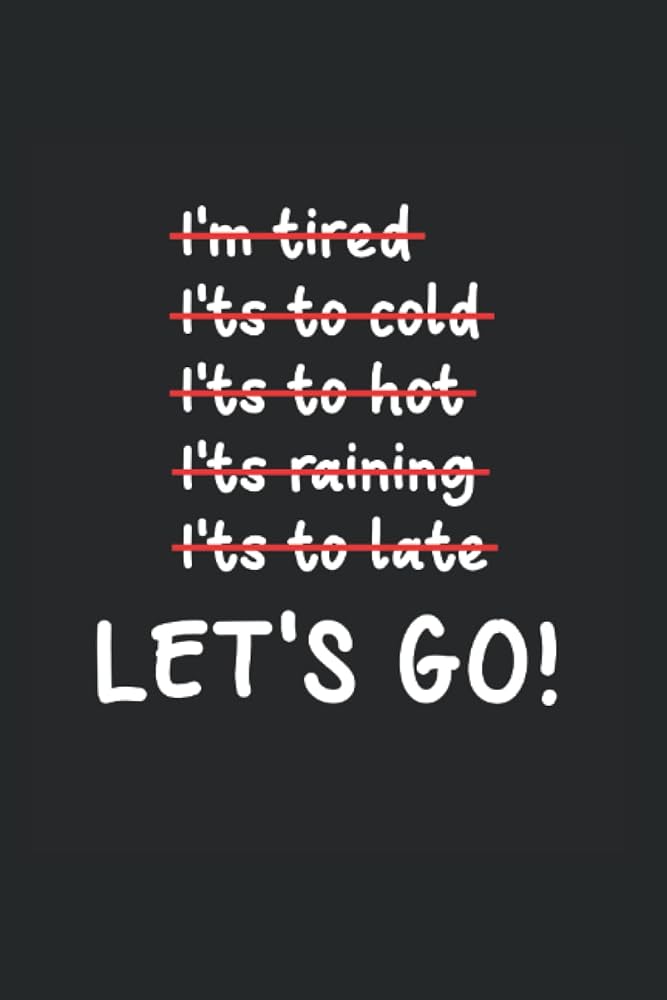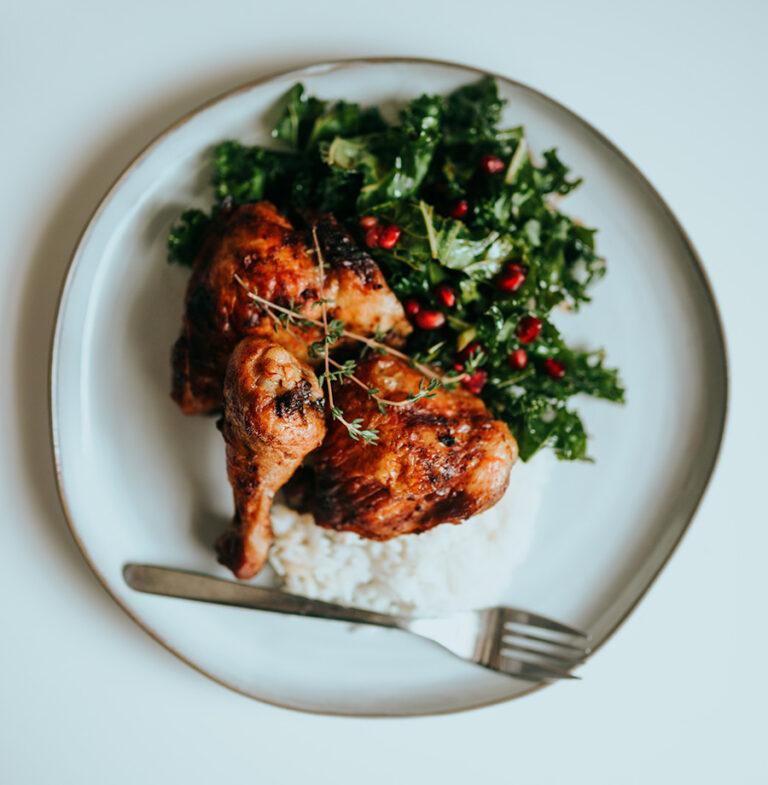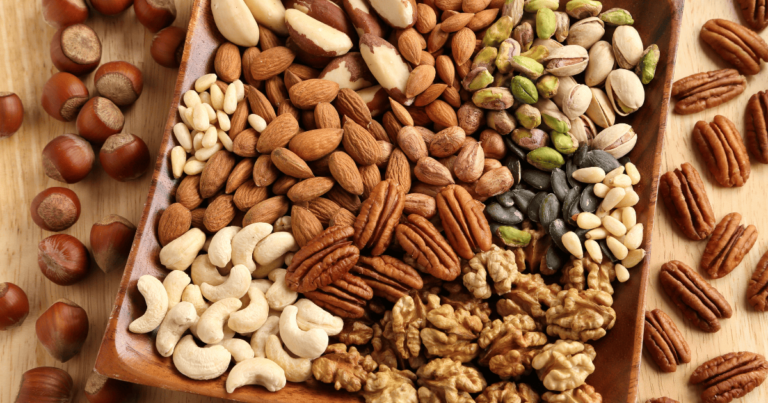Get full access to Outside Learn, our online education hub featuring in-depth yoga, fitness, & nutrition courses, when you
sign up for Outside+.
A historian by training, Natalia Mehlman Petrzela has a PhD and is a history professor focused on the 20th century United States. But her new book Fit Nation: The Gains and Pains of America’s Exercise Obsession, which delves into the history of exercise in the United States, really was driven by another passion in her life.
“I was a kid who was very unathletic and very intimidated by what was presented to me as the options to be physically active–which was basically organized sports, physical education class, or maybe dance,” says Petrzela. “Through a funny chain of events where I realized I could take an independent study in PE, I discovered group fitness as a junior in high school. And I realized, wow, there’s this thing called fitness that’s really different from sport and I love it.”
For the next decade, fitness was very much part of Petrzela’s life, separate from her life as a student. “I would always joke that in another life, I’d want to be an aerobics instructor,” she says. At the same time, she was always very aware of some of the problems in the fitness world. “I noticed that I feel so good, but on the other hand, this whole project is very much about making me feel bad about my body. So much of the language in fitness environments, particularly geared toward women in that time, was unapologetically ‘You better burn off dessert. Were you bad this weekend? Bikini season is right around the corner!’ I was enough of a feminist to know, that’s problematic.”
As she continued to pursue her PhD studying the history, politics, and culture of the modern United States, Petrzela maintained her identity as a gym person, working the front desk at a gym so she could take classes. In 2002, she moved out to California for graduate school and discovered the running program Team in Training.
“I remember walking on campus one day and I saw all these people together and they were all different shapes and sizes and ages. I found out they were training for a marathon and I thought, ‘Marathon runners look like that?’” she says.
Even though she’d never run more than two to three miles and didn’t think she could do it, she joined the group and ran her first of now three marathons. “Against all expectations, I became what I call someone with adult-onset athleticism.”
Petrzela moved back to New York City where her fitness passions thrived–she became a certified Intesati instructor at Equinox, as well as a Lululemon ambassador. At the same time, she got her PhD and was a new assistant professor at the New School, had gotten married and given birth to her son.
“Before long, I was like, okay, let me be a historian and someone engaged in this fitness world and turn that lens on this complicated and honestly poorly understood world and tell the story of how we got here–where fitness is a huge part of our culture, but it’s also something that really reflects inequality in American life,” she says. “So that’s a long slash short story of how this came to be..”
We spoke to Petrzela about what it was like to write the book and what she hopes is the future of fitness.
RELATED: Women May Be More Likely Than Men To Sacrifice Fitness For Work or Family
The following interview has been edited for clarity and length.
Women’s Running: What was the most surprising thing that you learned delving back into history for this book?
Natalia Mehlman Petrzela: There are a lot of surprises, but I’ll focus on one that comes from running. Running is a big part of the story because it was so important in mainstreaming the idea that cardio is something that everybody should be doing. I really think that jogging slash running (people debate about those terms) is so important in making fitness an expectation for everybody.
One of the things that I thought was super interesting is that I always thought of the women who were trailblazers in the running world as so obviously a part of feminist history. Someone like Katherine Switzer, all of these women who were really early in embodying what women were capable of physically and athletically. To me that really just made sense as being a chapter in feminist history, or a facet of that 1970s feminism era. Reading Katherine Switzer’s memoir–as well as Linda Huey who wrote a phenomenal memoir in 1976 about her own running career–I was really surprised by the fact that quite a few of these women did not identify as feminists at the time at all, and actually even resented a little bit being claimed by that cause. I’m not saying anything negative about it, and I think quite a few of them have changed their perspectives over the years as we all do, but I find that really interesting.
I think in some ways it’s illuminating when we think about running and how much individualism is part of that sport. Usually what these women were saying, and I’m paraphrasing, is “I just want to run. I’m just out here like doing my thing, stop trying to make me part of something bigger.” I found that a really interesting aspect of feminist history, and also the way we sometimes deliberately forget the past to make it fit into a narrative that might be a little bit easier.
WR: What’s another story that stands out to you?
NMP: Another story that I trace is about the rise of studio fitness, which comes just a little bit after the jogging craze takes off.
I thought of those as two very different things, but I was surprised in reading the coverage of both women joggers and the early studio studio crowd that quite a few women gravitated to studio fitness because they were sick of getting cat calls on the street.
It made me realize there was the impulse in this period that was widely shared among women to want to be physically active, and we tend to think of running as the most inclusive thing because of course it’s free and anybody can do it, but actually there were plenty of women who in that period especially–when it was kind of odd to see a jogger on the street–we’re like, I want to be active, but I need a space that’s a little bit more protected because of my experiences. That was surprising to see spelled out so clearly.
WR: There’s a subtitle within a chapter that really stuck out to me: Wellbeing is for the Wealthy. It feels like such a huge problem with where we’re at right now. Do you think that will ever change?
NMP: I think it is changing, or I hope it is. That notion that health and wellness is a luxury item is still out there, but it was very strongly felt in the early days of the wellness boom, like the 1990s. There’s a quote that I have by Lucille Roberts, who gave the name to the gym chain, where she basically says I catered to a middle class clientele and those people just wanna fit into their jeans. They’re not worried about this higher level pursuit of health.
I think that that really is changing. We still have real health inequalities in the most basic fundamental way–whether it’s diabetes, obesity, all of these very fundamental health issues. I do think that the wellness discourse, which once was such a luxury pursuit, is becoming more widespread in a positive way where more people are expected–hopefully not pressured–to expect that they should do more than just not be sick, right? That they deserve, to use a cliche, to thrive–not just survive. I think that’s a positive direction in sensibility. Unfortunately, access has not caught up with that.
WR: It feels like we’re just pulling at two extreme ends. There’s the one end where being fit and healthy is the new status symbol, which is driven largely by corporations and investors who are incentivized to make money off of that pursuit. Meanwhile, we’re not really doing anything for all the Americans who aren’t even getting a basic level of physical activity per week. How do you think we start to change or shift that dynamic to actually help the people who need it the most?
NMP: What you’re pointing out is the impact of having a fitness culture, which is mostly available through a private industry where profit is going to be the number one motive for providing access to fitness. That is the world that we live in. I do think the marketplace has seen that it is profitable to have lower end options; we’ve seen a boom in places like Planet Fitness, which are offering really inexpensive access–but it’s still all within the private market.
A storyline in Fit Nation, which I don’t get asked about as much but I think is really important, is about the story of the physical education profession. Even as this fitness industry has boomed, we have not at all invested in the public institutions that would make us genuinely a fit nation and would make fitness a more democratically available experience.
What would that look like? I think it would be a real reinvigoration of the physical education profession, within the education field but also within our culture more broadly. It would mean really making it a priority to invest in public recreation facilities–that’s pools and parks but also things that you don’t think of as part of better recreation, like street lamps, better paving in rural areas, and sidewalks so people can walk places.
I was doing an interview recently with Alison Désir [author of Running While Black] and she brought up a really great point. She was talking about how in lower income neighborhoods there’s much less tree cover, so the temperature can sometimes be 10 to 15 degrees hotter. That makes it that much harder to go for a jog outside.
To me, it’s all of those pieces. Expressly, access to recreational fitness places, but at the same time, it’s also thinking about fitness and equality as part of a broader landscape that involves planting trees, building streetlights, having people’s work be such that they can afford to live near where they work so they’re not spending the time commuting that they might exercise. All these things are connected, but of course you can only take on so much in one book, so I try to lay that foundation to say: Hey, fitness and equality are connected to our broader context. We’ve got to think about it that way.
WR: Another piece that stood out to me was a quote that read “If neither our doctors nor the government can be expected to bring us good health, to whom can we look to?” There seems to have always been this disconnect between doctors having this different opinion or understanding than fitness professionals. What’s your feeling about that disconnect and who should we be looking to for answers?
NMP: I’m glad it stuck with you because I think it is powerful. It also speaks in some ways to the problems with fitness culture, which tells us all you have to look to is yourself and you can’t trust anyone, right? I think there are very good reasons why we should be mistrustful of institutions like the medical profession, like big pharma, like the government. But on the other hand, the answer cannot be that the truth just resides within whatever YouTube influencer catches your fancy or within your own sense of your personal journey.
To me, the biggest challenge of our time, even beyond fitness–this is what I stay up thinking about at night–is what is that balance between giving experts the respect and authority that I think many deserve, but balancing that with appropriate skepticism and maybe confidence in your own intuition. I don’t know what the answer is. I didn’t get into it so much in the book except a little at the end, but I think the fitness and wellness industry is really struggling with that.
I mean, we’ve seen it throughout the pandemic. Where did anti-vaccine sentiment really catch on? Within the yoga world. And I understand why. It comes out of, in some ways, a very good resistance to medical doctors telling you that they know what your body needs. That’s been so core to yoga and fitness culture for all of its history. But on the other hand, I think we’ve seen that get reduced down or oversimplified into rejecting all authority and I think that’s a real problem.
I don’t mean to not be able to give you a good quote, but it’s so much bigger than fitness. No one has a monopoly on truth, I guess is what I would say to that. Not one doctor, not your favorite Instagram influencer with perfect abs and 10 million followers. It really is a constant process of being humble about knowledge and listening to your own intuition, but also realizing you too don’t have all the answers and expertise does mean something.
WR: It is both fascinating and frustrating to sit back and watch all of the cognitive bias we all experience. In whatever realm, whether it’s fitness or politics, we all have these little blind spots and you’re right, questioning your own beliefs I think is such an important thing.
NMP: With fitness it’s really interesting because on the one hand it’s so intimate, it’s your own body and you do kind of know what you need, right? You do know what works for you and what doesn’t. And I don’t wanna diminish that in many ways this book is stories of people who listened to that and created meaningful practices for people. But on the other hand, I think in the fitness industry–especially because it has such a complicated relationship with expertise and professionalization and credentials and all that–it can go too far into rejecting established authorities who don’t say what you want to hear.
WR: Yeah, it’s all too easy to think I want it to be exactly like this or if this feels good to me, then I’m doing it right, when sometimes the “right” thing might be pushing your comfort zone a little bit or doing things a different way.
NMP: A hundred percent. Depending who you are and where you are in your own trajectory with fitness, it can be both things. It is a really hard balance, and unfortunately, I don’t think our rather simplistic media environment is contributing to fixing this problem.
WR: No. The nuance is definitely not getting picked up and it’s very, very frustrating.
NMP: In some ways the subtitle of the book–“the Gains and Pains of America’s Exercise of Obsession”–is meant to invoke that simplistic, no pain, no gain mentality. When it’s actually much more complicated.
WR: It’s wild reading history books that are focused on this topic because so much has happened in such a short time span. It’s easy to forget that women weren’t allowed to run until a few decades ago, and Title IX isn’t that old, etc. From your perspective, when we look back 20 to 30 years from now, what do you hope are some of the changes we see?
NMP: That’s a great question. Optimistically, I hope things that now feel like exceptions in terms of what are considered healthy behaviors–like regular exercise every day in one form or another–I hope that becomes normalized and we look back on this time when a minority of Americans exercise regularly similarly to the days when kids didn’t wear seat belts or when people smoked in offices and planes. Like, can you believe that such an unhealthy practice was just a part of everyday life?
I really hope that that’s the direction that we’re moving in. What would that look like? There is no question in my mind that we will not get there unless we address much deeper rooted causes of inequality. Per all the things I was saying before in terms of the way we organize our work life and our streets and our parks and decide to allocate our public funds.
WR: Maybe I’m wrong, but it feels like other countries don’t belabor the idea of exercise as much. They don’t have as big of a gym culture, they make it more accessible to walk around, etc. Do you think part of our problem is the rigidity of the recommendations themselves? Do you think we have shot ourselves in the foot at all with how we label or instruct “exercise” overall to people?
NMP: So the reason we have this kind of cultural expectation or pressure to do what people call “purposeful exercise”–to take time out of your day to go work out–is because so many aspects of American life are set up to not be great for your physical and mental health. We have largely a service economy here, and that service economy means a lot of sedentary work. If you’re sitting all day, then you’ve got to take that time and build exercise into your days; it’s not going to happen “naturally.”
We are also a culture where since at least the 1950s leisure has been positioned as part of the good life. If you have a car to drive you from place to place, if you go to the drive through, if you have labor-saving devices in your house–a washing machine, a dishwasher, all things that used to take some muscle to actually get done–well, that shows you’ve made it. Unfortunately, there’s a real bodily cost to that. So there’s this expectation that you should exercise because all these other aspects of your life, by design, really don’t include much physical movement.
Now I also want to say, I don’t want to glorify manual labor; because there are people who look back and say ‘People used to work with their hands!’ and yes there’s something to that, but I wouldn’t glorify people working with their hands on a factory floor or in agriculture. They had repetitive use injuries, they were getting their hands caught in meat grinders; it’s not exactly like there was ever this golden age of exercise.
The last thing I’ll say as to why in the United States I think exercise has this powerful hold on our culture is it fits so much into American individualism and self fashioning, right? This myth that if you want it enough and if you have the motivation, you can make it and be successful all by yourself. The gym is such a perfect arena for that myth to kind of flourish, because what better canvas to put that idea to work on than your own body, right? That’s totally in your control. And I’m being facetious because it’s not–for all the reasons I outlined in the book–but I think that’s yet another reason why fitness culture in the United States has caught on with such fervor and stuck with us and really only grown in the last century plus that I covered.
This content was originally published here.




















